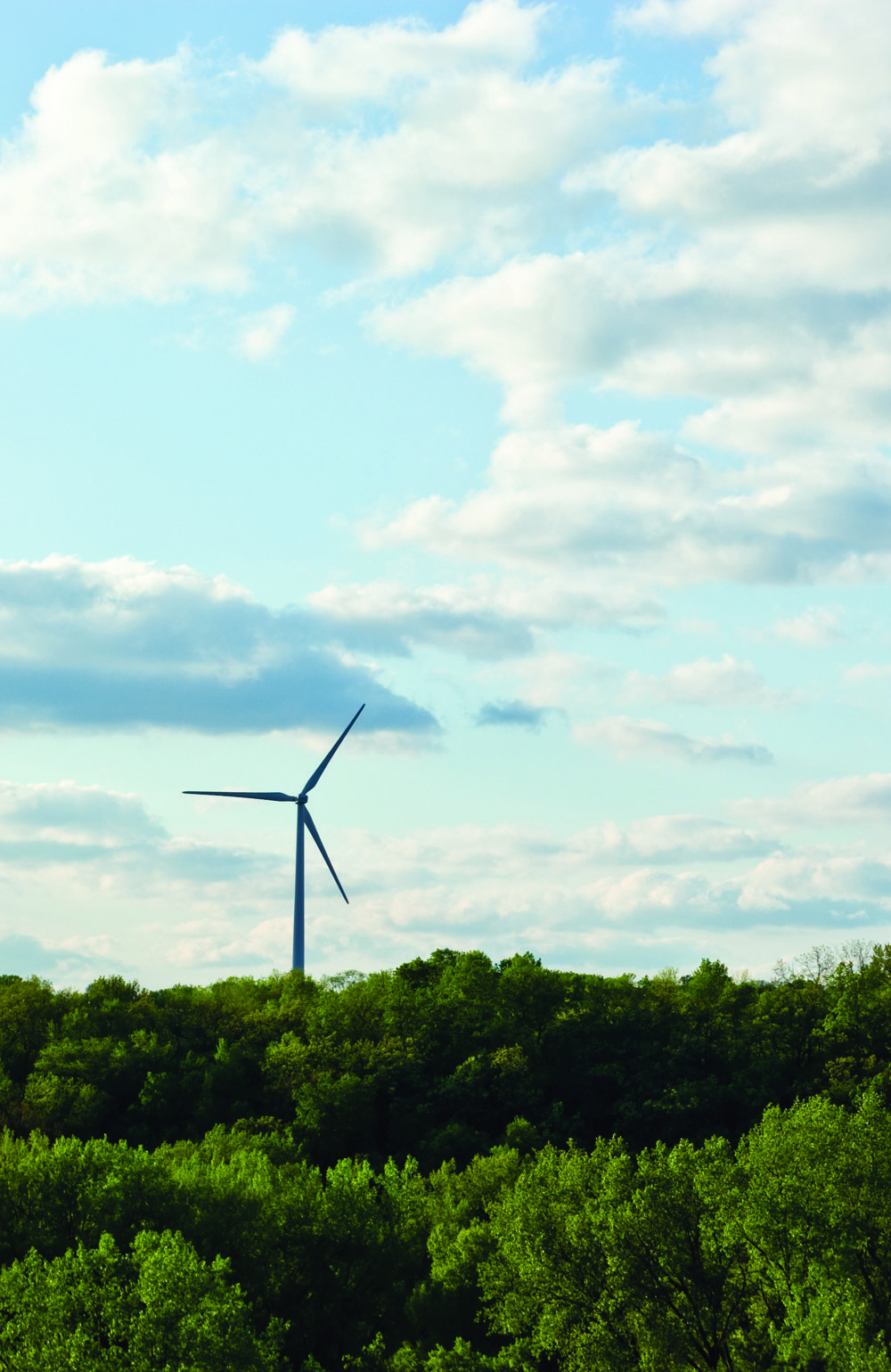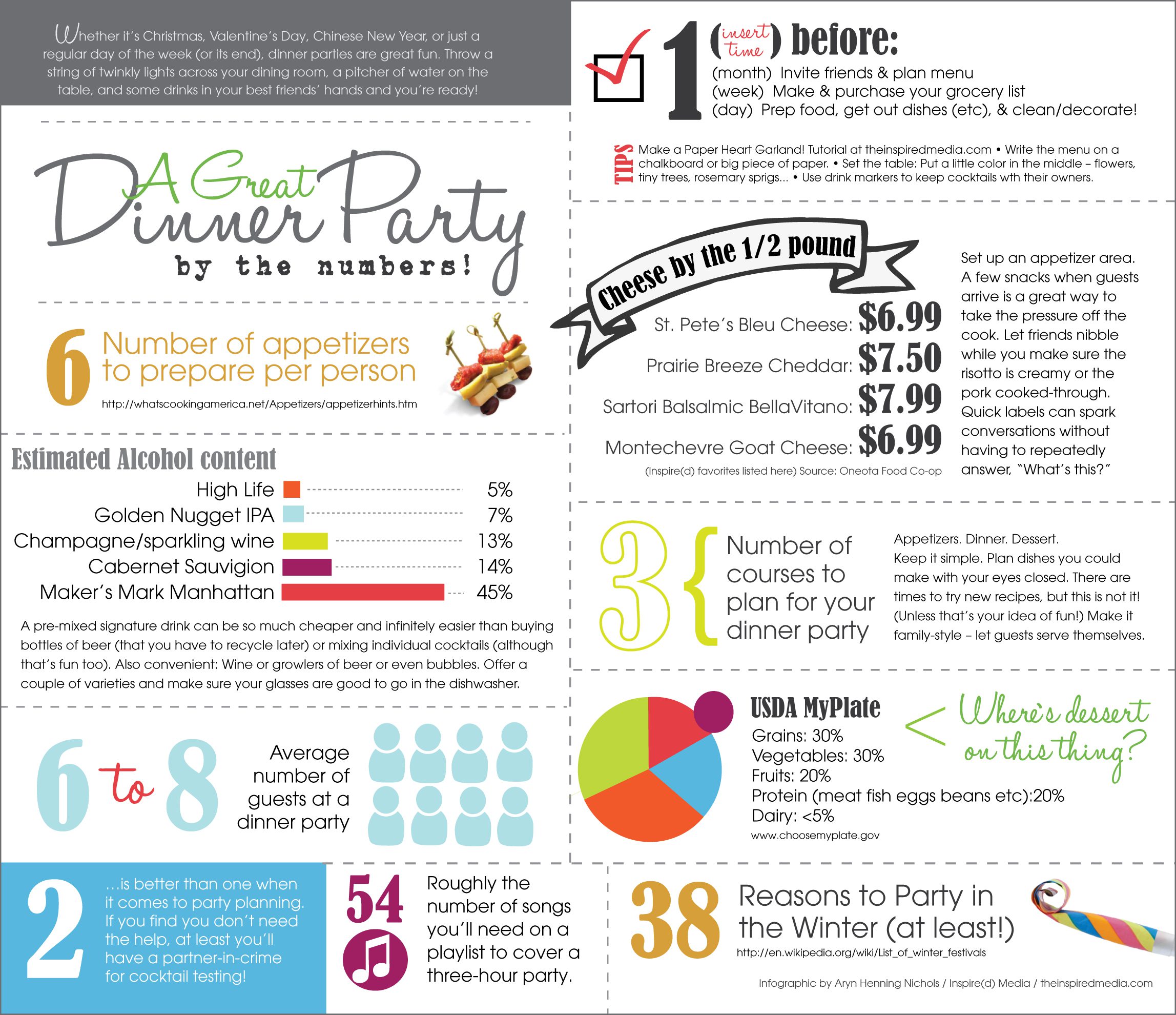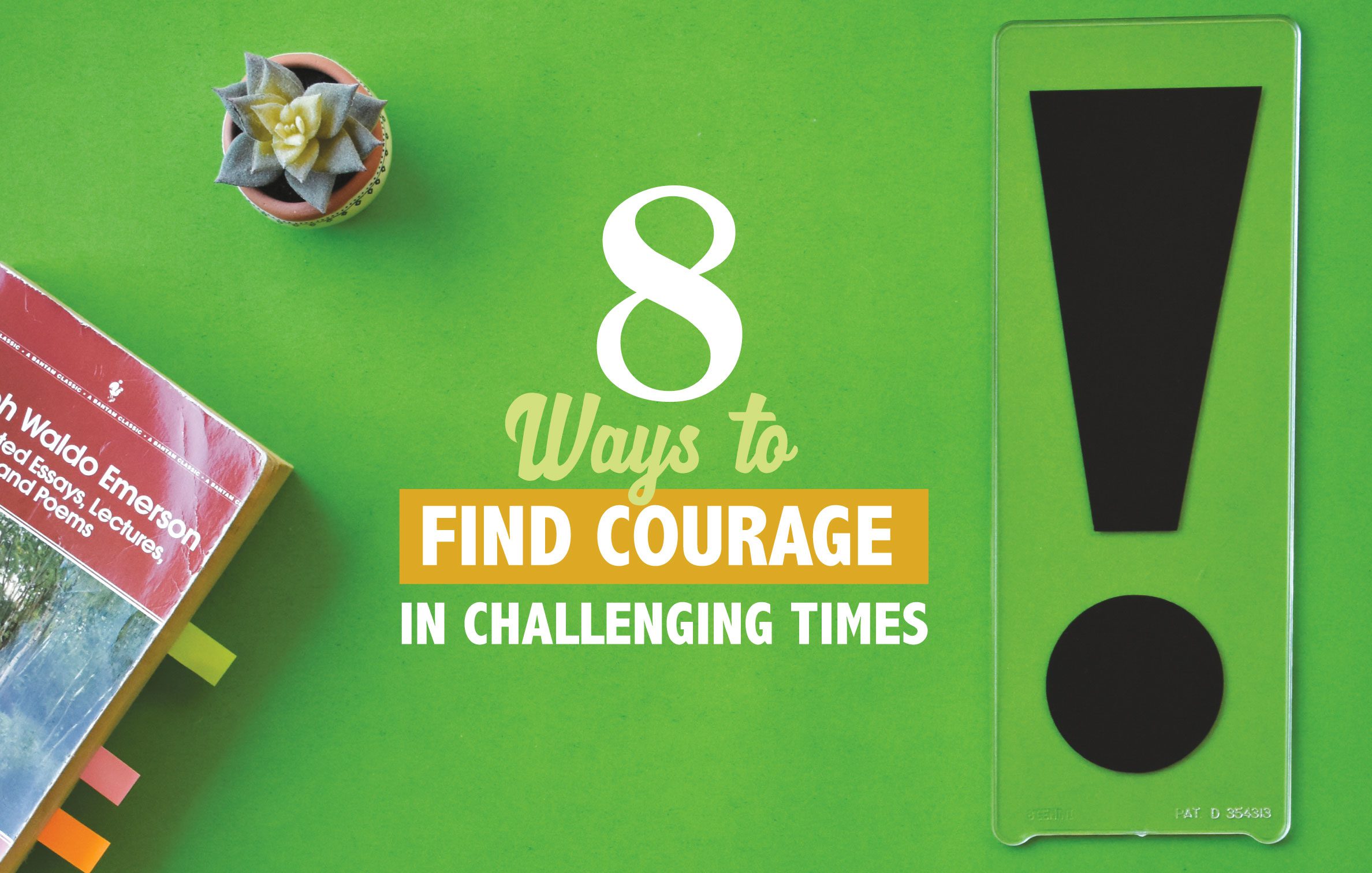Science, You’re Super: The Power of Wind
By Aryn Henning Nichols
When air moves quickly, a.k.a. it’s windy, the particles that make up the air are also moving quickly. This motion, like all motion, is kinetic energy, which can be captured by the turbine – just like the energy in moving water can be captured in a hydroelectric dam setup. But how, exactly, do wind turbines make electricity? Simply stated, the wind turns the blades, which spin a shaft, which connects to a generator and makes electricity. (1)
But it’s not QUITE so simple.
Jim Martin-Schramm, Luther College professor and the coordinator of Luther College’s wind-turbine project, explains further: “The heating and cooling of the Earth causes wind on the surface of the planet. Air moves from high pressure areas to low pressure areas and is affected by the rotation of the planet. Wind turbines convert the kinetic energy of the wind first into mechanical energy. That is, the turbine’s blades harvest the kinetic energy of the wind and transfer it into the mechanical gearbox up in the nacelle (a box at the top) of the turbine. The mechanical energy from this gearbox spins a shaft that turns a generator to produce electrical energy. That electricity is converted to alternating current at the base of the turbine and then a transformer converts the electricity to the desired voltage for distribution or consumption.” (2)
At wind farms, cables from different turbines take the electricity made to a substation. There, a step-up transformer again increases the electrical output. A transmission line connects the electricity output at the substation to the electrical grid serving communities throughout the region. (3)
The bigger the wind turbine, the more wind it reaches and the more electricity it makes. Wind turbines used for large-scale wind farms come in varying sizes, but are usually approximately 13 feet wide at the base, and between 230 and 265 feet tall at the hub. With one of the blades upright, the total height is approximately 406 feet. (4) If you’ve ever seen one of these blades being transported via semi or train, you can really get the scope of the length of these things – they’re huge!
Iowa ranks second in the nation for wind energy production – there are nearly 3,000 utility scale wind turbines here, which create enough electricity to power 1,000,000 homes. Minnesota is fourth in the nation and Wisconsin is 19th. (4)
In Decorah, the addition of the Luther College wind turbine has fanned (pun intended) a debate on various topics where giant windmills are concerned. Martin-Schramm answers a few more Inspire(d) questions to fill us in on the details. (2)
Why do turbines sometimes not turn? Isn’t there always SOME wind? And what about really windy days when they’re not running?
Most utility-scale turbines do not start turning until the wind is blowing at around 2.5 – 3.0 meters per second (m/s), which is around 5-7 miles per hour (mph). The rotors are very heavy, so it takes a little bit of wind to get them moving. Luther’s turbine starts turning at 2.5 m/s and has an electrical cut in for production at 3.0 m/s. As the winds grow stronger the blades turn faster to harvest more of the kinetic energy of the wind. Luther’s blades rotate between 9-18 revolutions per minute. The turbine reaches its rated capacity of 1.6 megawatts or 1,600 kilowatts when the wind is blowing around 25 mph. When the wind reaches around 55 mph the turbine will automatically feather the blades into the wind, slow down the rotor, and then lock the blades in place to protect the turbine from damage in a high wind event. Finally, there are times when the turbine is not operational due to scheduled and unscheduled maintenance. Luther’s turbine has been up and operating about 94 percent of the time thus far. GE’s goal is at least 96 percent availability. We’re confident we will reach that goal after some of the bugs are worked out over the course of this first year of operation.
How many turbines would it take to power everything in the world, do you think?
A lot. We will need far fewer turbines, however, if we first make major investments in energy efficiency. Luther invested $1.5 million in 2004 and cut our electricity consumption by 23 percent. We continue to make investments in energy efficiency today. On average, the U.S. uses twice the amount of energy that Europeans do to produce the same amount of goods and services. There is huge potential for energy efficiency here. Also, various studies indicate that it should be possible for wind energy to produce at least 20 percent of the U.S. electricity supply by 2025. Already 20 percent of the electricity generated in Iowa is produced by wind turbines, but most of it is shipped on high voltage wires to out of state electrical markets.
What about the negative stuff people talk about: shadow flicker, low-end noise, the potential harm to birds, etc. Does any of this hold water in your book?
Shadow flicker, noise, and wildlife impacts are real issues that need to be taken very seriously. When turbines are properly sited, however, these dangers can be mitigated to a very high degree. Luther conducted shadow flicker and noise studies as part of its siting process and received a “Finding of No Significant Impact” at the end of that process. It is the case wind turbines kill some birds and bats, but there are several other causes of avian mortality that take a far greater toll. The key it to site and space turbines in such a way that these impacts are lessened. The U.S. Fish and Wildlife Service has worked closely with the U.S. wind industry to develop a new set of proposed siting guidelines and standards.
- US Department of Energy.
- Jim Martin-Schramm, Luther College professor of religion, coordinator of Luther College’s wind-turbine project, and author of numerous climate and environmental ethics books.
- Foundation for Water and Wind Energy Education.
- Alliant Energy Kids.
———————-
Aryn Henning Nichols thinks wind turbines look like big, gentle, giants. Wind farms are especially fascinating to her.













